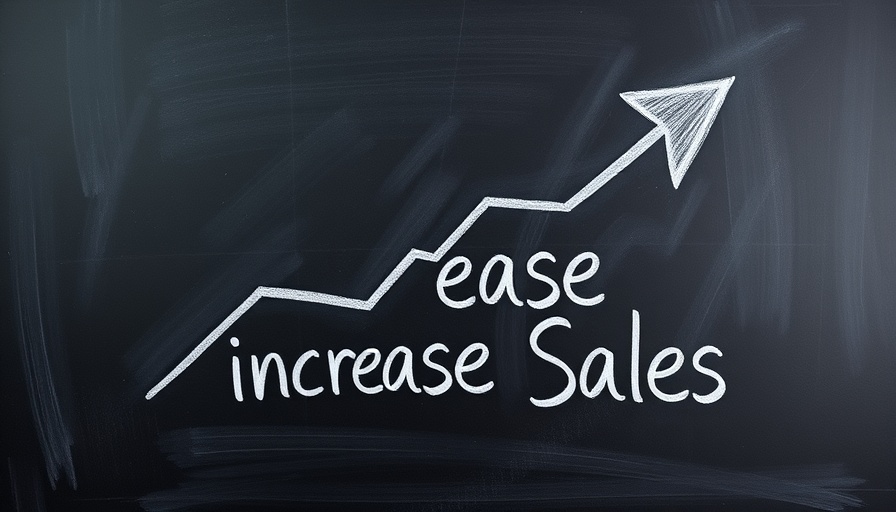
Understanding Your Ideal Customer: The First Step to Boost Sales
Increasing sales for small businesses starts with an in-depth understanding of your ideal customer. Many entrepreneurs mistakenly believe that appealing to a broad audience will yield the best results, but this often leads to diluted messaging and missed opportunities. Creating a detailed customer persona becomes crucial. Consider demographics such as age, location, and profession, but also delve deeper into their desires and challenges. For example, the target audience for a local bakery can vary greatly between bulk cake orders and casual walk-in customers.
Feedback is Gold: Gathering Insights from Your Customers
One of the most effective ways to increase sales is to directly engage with your customers. Use feedback tools like surveys and social media polls to gather insights into their buying preferences. By understanding what your customers want and need, you can better shape your products and services to serve them, ultimately driving higher sales.
Strengthening Your Online Presence: A Must for Success
With 63% of shopping starting online, it's imperative for small businesses to establish a robust digital presence. Whether you're operating a physical store or an online business, a well-optimized, mobile-friendly website acts as your digital storefront. Ensure it is fast and user-friendly, featuring clear calls to action that guide potential customers easily through the buying process.
Using Social Media for Increased Engagement
Choose social media platforms where your ideal customers are most active. Use these spaces for engaging posts and stories that showcase your products. User-generated content adds authenticity, fostering trust and connection with your brand that can lead to increased sales. Behind-the-scenes content can also humanize your brand, making it more relatable and appealing to consumers.
Conclusion: Take Action to Grow Your Sales
By comprehensively understanding your customers, adapting based on feedback, enhancing your online presence, and effectively using social media, you’ll be on the right path to increase your sales. It's crucial to remember that every step you take today is an investment into your business's future success.
 Add Row
Add Row  Add
Add 



Write A Comment